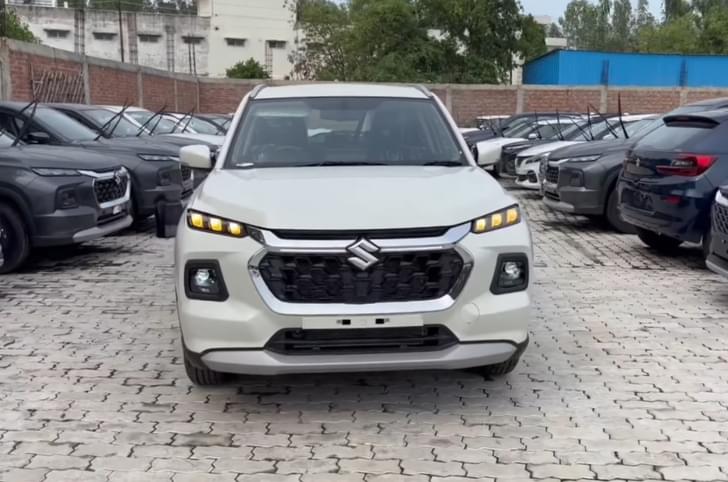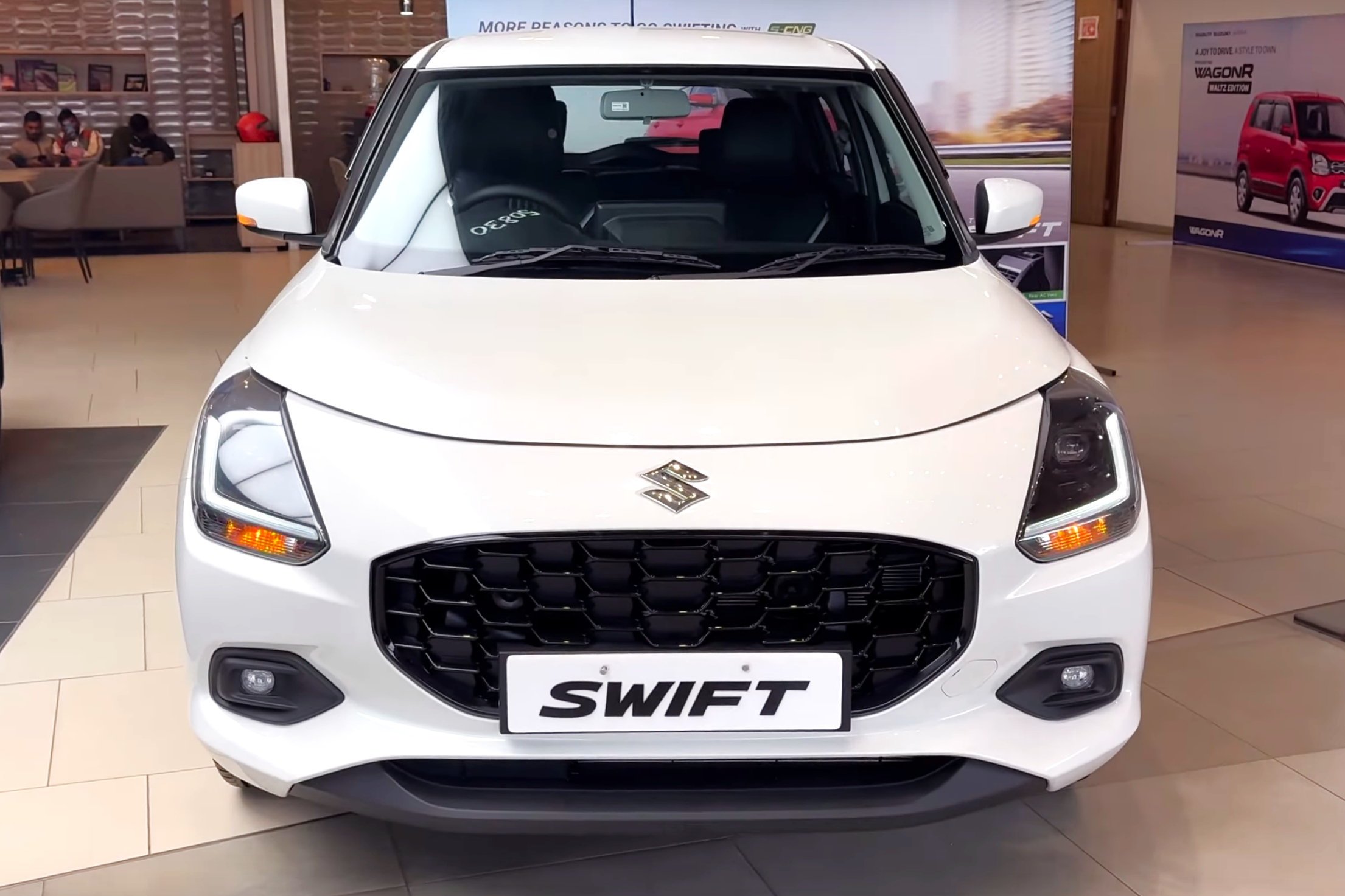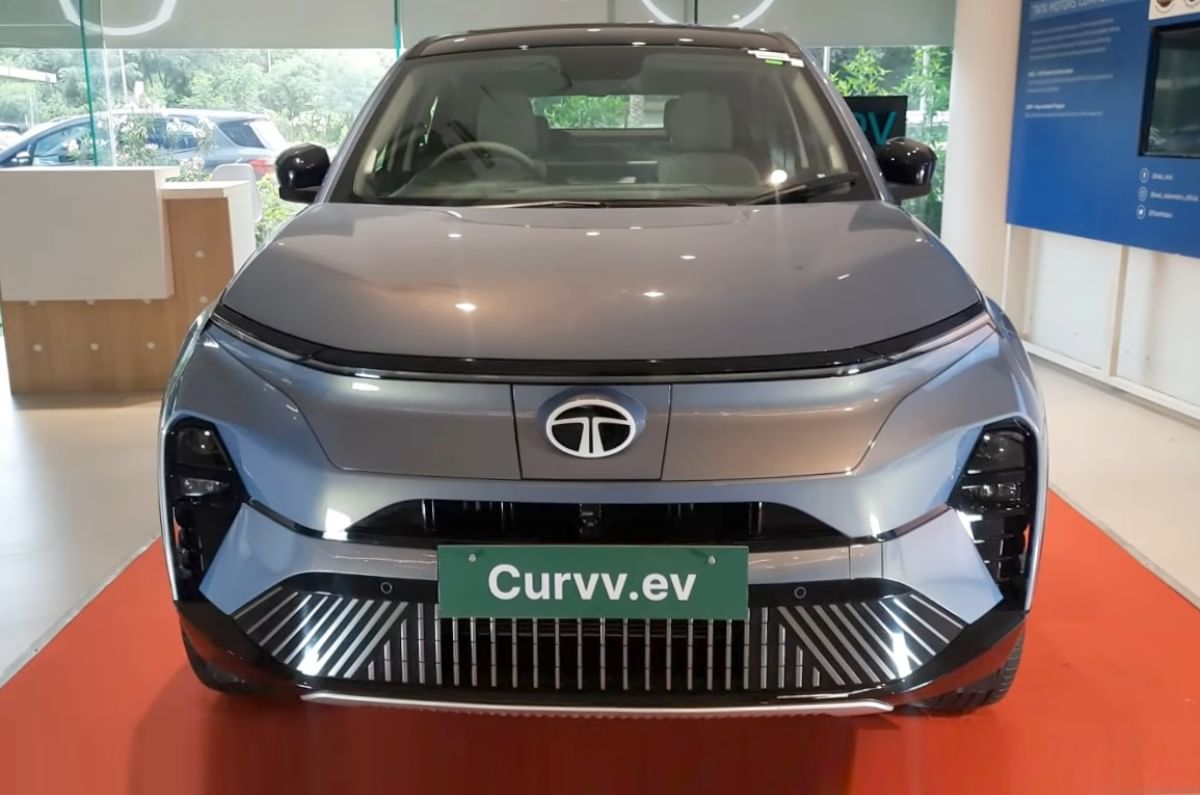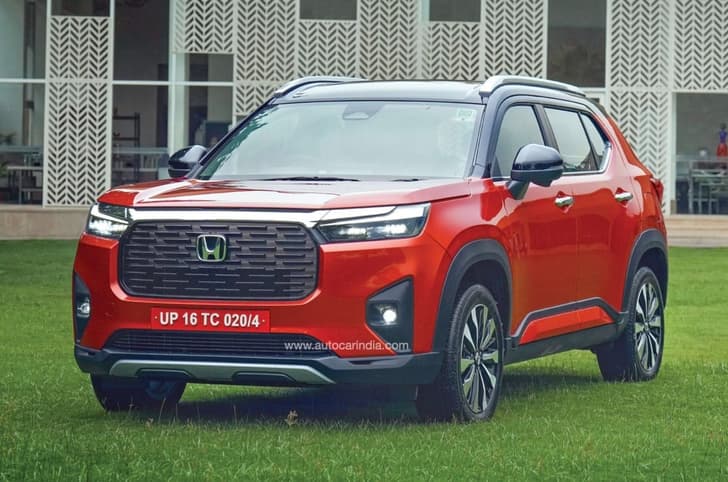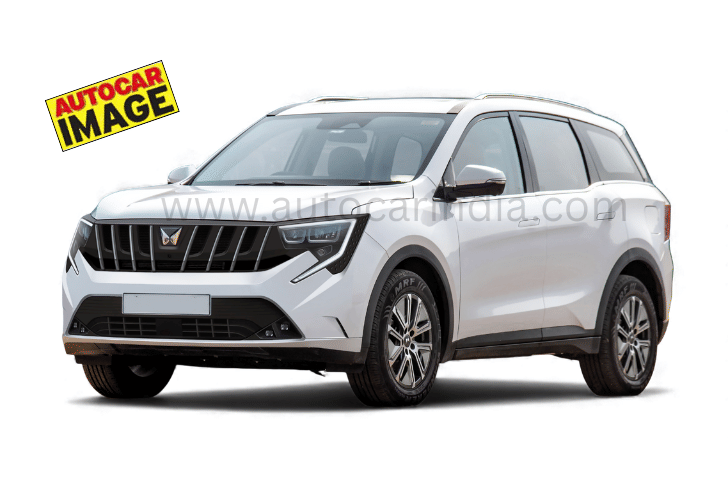The Honda City e:HEV is the first strong hybrid in its class, a car that’s so well stocked with cutting edge systems, it has technology falling out of its ears. Consisting of a full-on hybrid system that uses two large electric motors and a voluminous battery pack in the trunk, it has the potential to match even the most efficient of compact hatchbacks. So here are five things you must know about this technological trendsetter, a car many will look up to.
Likely to be one of the most efficient cars in India

Honda’s strong hybrid system uses two powerful electric motors mated to a 1.5-litre Atkinson Cycle 4-cylinder engine. One of the motors mainly works as an electric generator, while the other does the work of a propulsion motor. The car is programmed to keep the engine operating at its peak efficiency, somewhere around 2,000rpm. This is important because by the time the engine reaches 4,000rpm, it could be using twice as much fuel.
Expect an ARAI figure in India of at least 25-26kpl, making it easily the most efficient car of its size. And don’t be surprised if it proves to be more efficient in the real world than even some of the most efficient hatchbacks, especially in slow start-stop traffic, where it runs like an EV.
Has no gearbox

To increase efficiency, Honda has ditched the transmission altogether. It has no CVT, no planetary gearset and no set of gear wheels either; it just has a single direct gear for high-speed driving. In place of the gearbox, there are two electric motors that are sandwiched together and attached to the end of the engine. The motor/generator combo then makes electricity as the engine turns it and then stores it in the battery at the rear.
Wheels are not connected to the engine, for the most part

As the engine turns, it powers the generator that makes electricity and sends electricity back to the battery in the boot. So how does the engine send or transmit power to the wheels? Well, for the most part, it doesn’t. Power goes to the wheels via the electric motor. In fact, the engine is often going at one speed and the wheels another.
To get the wheels to spin, power is sent to the electric motor from the battery in the rear. As a result, 95 percent of the energy saved as electricity makes it to the wheels. In contrast, even the more efficient petrol engines only manage 40 or 45 percent efficiency. It’s only at higher speeds above 120kph that the engine is even connected to the front wheels.
The electric system puts out 109HP

The powertrain is completely different from what one normally expects of a hybrid. Consisting of a 1.5-litre petrol that puts out just 98hp and runs a more efficient ‘Atkinson cycle,’ the engine is aided by an electric motor that puts out a really strong 109hp. This clearly is no mild hybrid. The maximum combined power of the engine and the e-motor aren’t disclosed, but Honda does specify a maximum combined torque at 253Nm; the engine making 127Nm and the electric motor 253Nm.
It will come with ADAS systems






